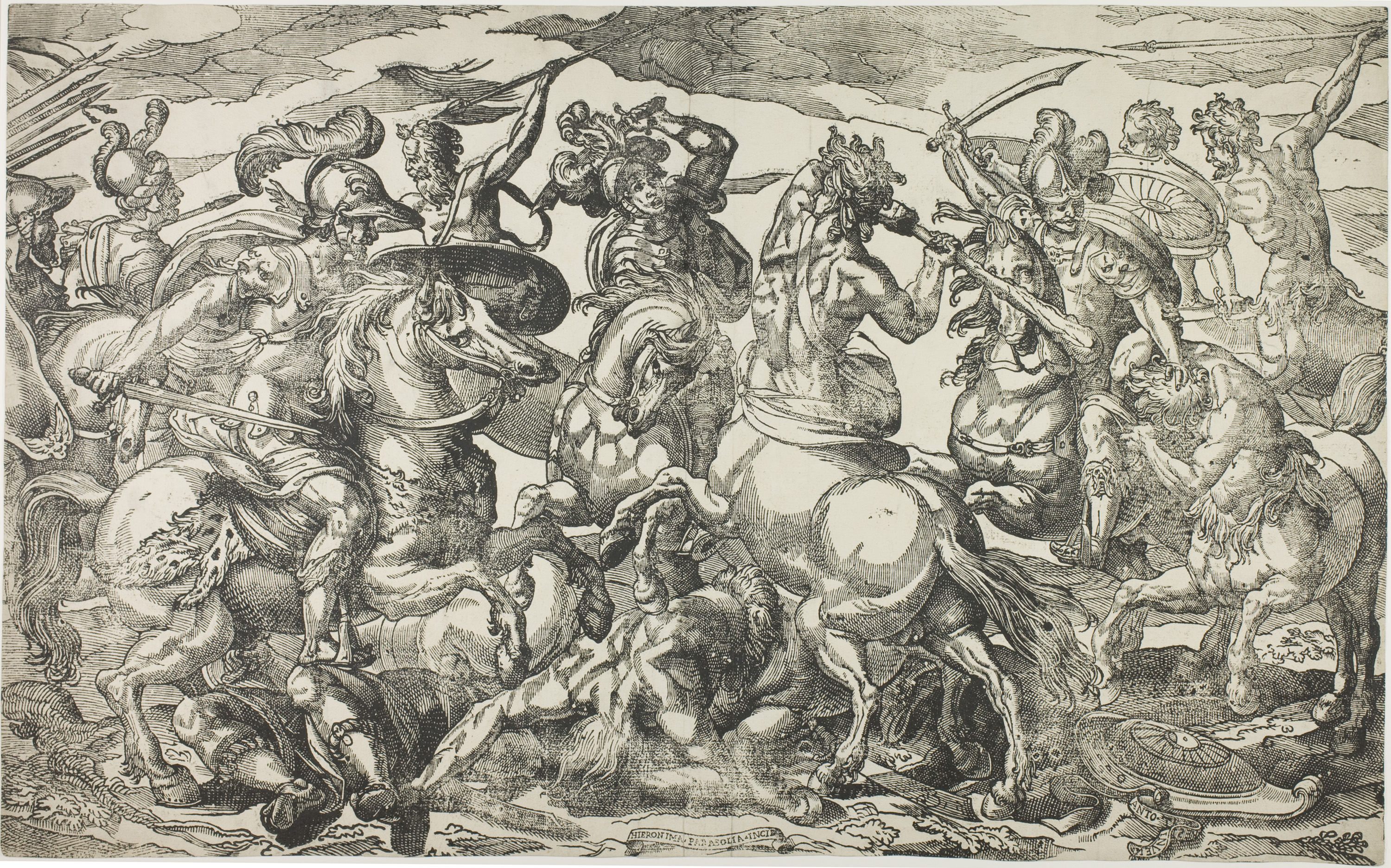Introduction
The posthumous reputation of the artist needs care and tending…the sensitive executor is like a gardener, familiar with art’s ecology, tending the work that remains, balancing the compost of images, discourse and materials that generate the capacity for new readings…Our desire is not disinterested…1
—Caroline Jones
Girolama Cagnaccia Parasole (c. 1567–1622) interests us today as one of the few early modern women who left a historical record that allows us to partially retrace the circumstances of her professional life as a printmaker and, depending on how we define the word, as an artist. Her few signed prints, an anonymous portrait of her in the Accademia di San Luca, and a tiny amount of documentation of her everyday life, much of it inferential, can yield different and somewhat conflicting narratives. The questions we ask of her as a historical figure depend on the histories we wish to write.
In an article on what she terms the “artist-function,” Caroline Jones describes the historian’s responsibility in producing a coherent authorial figure from known works of art along with “the effects of inscriptions, texts and talk” that remain after the death of an artist, noting how different individuals can emerge from historical analysis.2 Central to the question of the portrait of a particularly, perhaps purposefully, undistinguished-looking female artisan among the lace-collared, idealized, and perfectly posed likenesses of male academicians, is the question of who historians wish her to be. Chronologically, the first of these historians are the academicians who entered her portrait into the historical record of the Accademia. The second group is made up of historians who use that ostentatiously inclusive and disruptive act, as well as Girolama Parasole’s surviving artwork, to understand the formation of the arts, the development of printmaking as an art, and the participation of women in the arts through the opening that printmaking allowed. These two histories, we will see, might be at odds with each other.
Since the beginning of the 16th century, the authorial responsibilities involved in creating printed images were designated separately. The person who invented the image was identified on prints by the word invenit, the person who copied the invention onto a printing matrix by disegnavit, and the person who engraved it into copper or wood by sculpsit or incidit. The attribution of skill in disegno, which had bearing on who was understood to be an artist, was dispersed among categories privileged by Giorgio Vasari and subsequently at both the Accademia delle Arti del Disegno in Florence and the Accademia di San Luca in Rome. Giovanni Baglione made a point of recognizing printmakers who were not necessarily inventors as practitioners of disegno. At the end of his Vite de’ pittori, scultori et architetti (1642), Baglione, who was principe of the Accademia di San Luca several times, added a short section on intagliatori that allowed someone who carved other artists’ inventions to be included in the Accademia’s conception of an artist.3
The fact that he included the Parasole family among his Vite was unusual, given that they worked primarily in book illustration and, with two notable exceptions by Girolama, did not make single-sheet prints. Baglione begins by defending the inclusion of printmakers among the artists:
good intagliatori in etching or engraving also understand disegno; and have a place among Painters, because with their sheets of paper they perpetuate the works of the most famous masters. And while their efforts sometimes fade in the public eye, they are admired, and one cannot deny that their sheets ennoble and enrich the Cities of the World. Also, some painters, in the end, have their works made into etchings or engravings, and as they were painters, they were also engravers. They can boast these virtues in common, and are equally praised.4
This supports Susan Nalezyty’s proposition that Girolama was important to the Accademia as a provider of printed images used as models for the students, who the academicians hoped to train in the style of the best masters.5 However, she was scarcely the most visible of the intagliatori that Baglione mentions; in fact, he does not mention her. What did she alone add to the gallery of academicians that, like Baglione’s Vite, self-consciously plotted a history of the development of the arts in Rome?
By examining Parasole’s presence among the academicians through a close look at her known training, professional work, and associations, we place an unavoidably speculative notion of her ambitions and opportunities in a rapidly changing profession and social world into juxtaposition with conjecture about what the Accademia gained by writing into its history that particular portrait of a woman who carved images designed by others into woodblocks for printing.
Header image: Girolama Parasole after Antonio Tempesta, Battle of the Lapiths and Centaurs, n.d., woodblock print, The Art Institute of Chicago, The Amanda S. Johnson and Marion J. Livingston Fund, 1999.684
